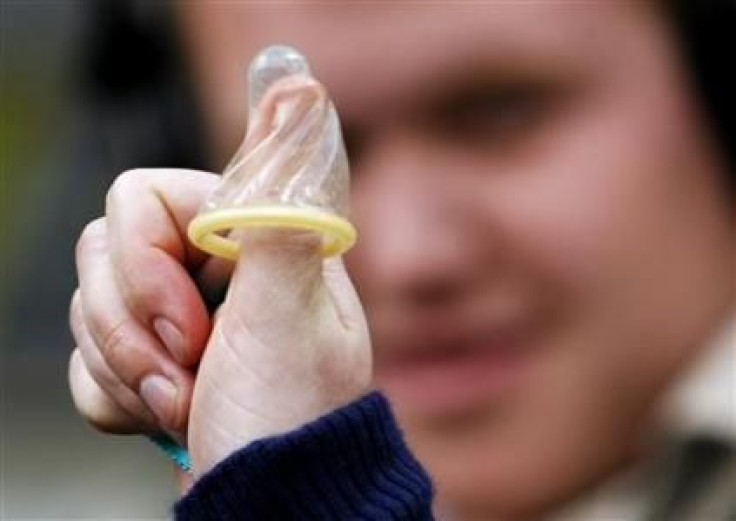Condoms Should Be More Accessible To Teens, Doctors Say; STI Rates Highest Among Teenage Women

Parents and school officials should make condoms, in addition to sexual education programs, more readily available to teenagers. According to a policy statement released by the American Academy of Pediatrics (AAP) Committee on Adolescence on Monday, increased condom accessibility could continue to curb the rate of unwanted pregnancies and sexually transmitted infections (STIs).
"For teens to use them, they have to have them available, and they're not going to come in necessarily asking for them," the statement’s lead author, Dr. Rebecca O’Brien, told Reuters. "Having them available, not just in healthcare settings is really important. Have them in the mall. They should be everywhere."
Data from the Centers for Disease Control and Prevention revealed that 27 percent of all gonorrhea cases and 32 percent of all chlamydia cases are attributed to Americans between the ages of 15 and 19. Gonorrhea, chlamydia, herpes, and HIV cases are highest among teenagers.
Dr. O’Brien and her colleagues recognized that abstinence is a teenager’s best option for avoiding unintended pregnancies and STIs, but also called for cheaper condom availability at schools and pediatric offices. Interventions aimed toward encouraging condom use have been met with the common misconception that teenagers who receive a condom and sex education will be more likely to have sex out of curiosity.
"I think one of the main issues is the idea that if you provide condoms and make them accessible, kids will be more likely to have sex. But really, that's not the case," Amy Bleakley, a teen sexual behavior and reproductive health researcher at the University of Pennsylvania, told Reuters. "Getting over the perception that giving condoms out will make kids have sex is a real barrier for parents and school administrators."
Health care professionals could also be neglecting to teach America’s youth how to properly apply a condom. A recent review of 50 worldwide studies conducted by researchers from The Kinsey Institute for Research in Sex, Gender, and Reproduction at Indiana University showed just how complicated using a condom can be for teenagers and adolescents.
Common mistakes that people make while applying a condom include not checking for damage, failing to leave space at the tip, putting it on halfway through intercourse, or removing it before ejaculation. The World Health Organization estimates that proper condom use can prevent 98 percent of unintended pregnancies.
"We chronically underestimate how complicated condom use can be,” said the review’s coauthor, Prof. Richard Crosby. "It involves the use of a condom, while negotiating the condom use and sex with a partner all at the same time."
Source: American Academy of Pediatrics (AAP) Committee on Adolescence. Condom Use by Adolescents. Pediatrics. 2013.



























